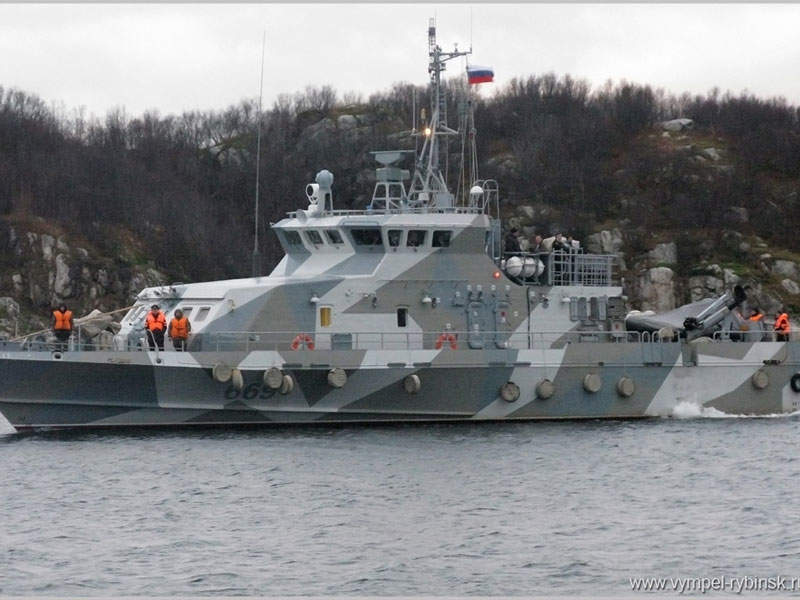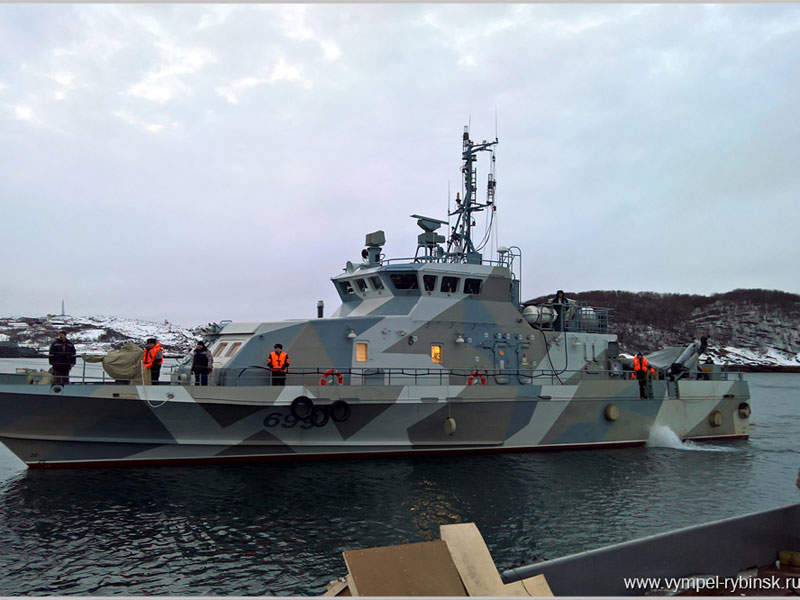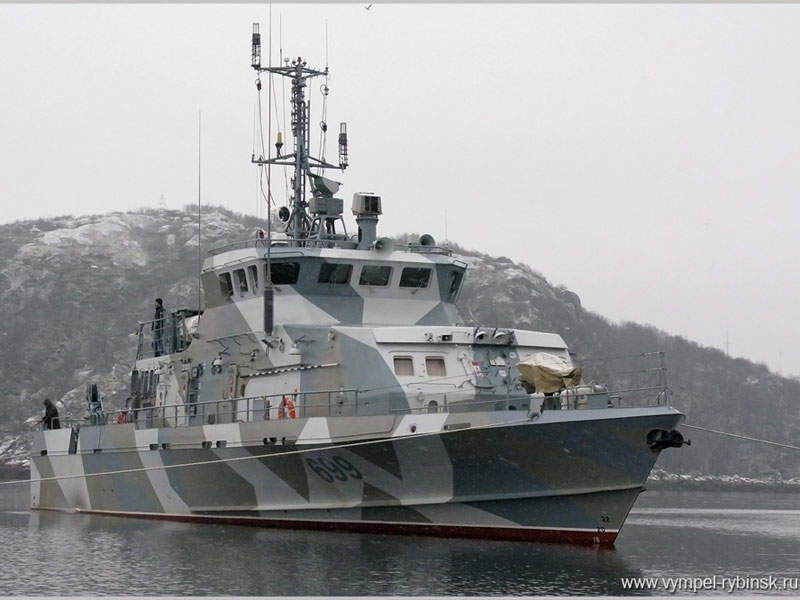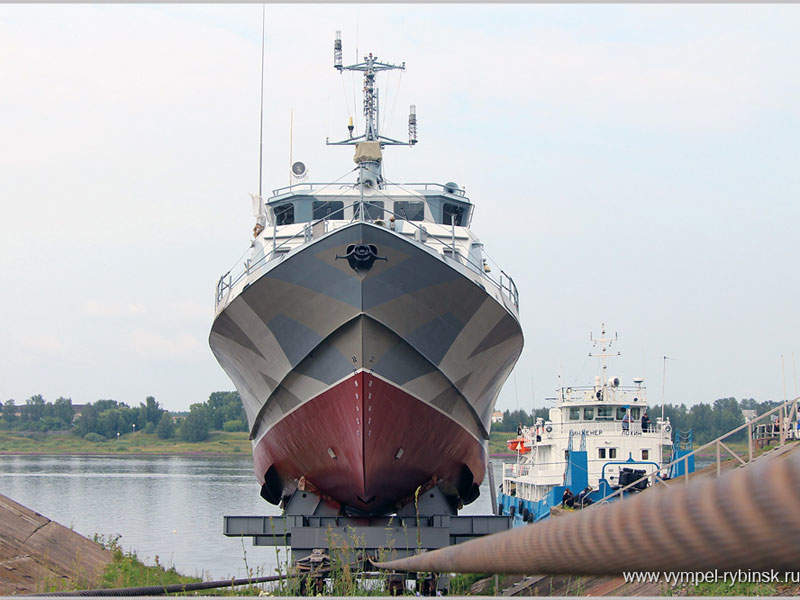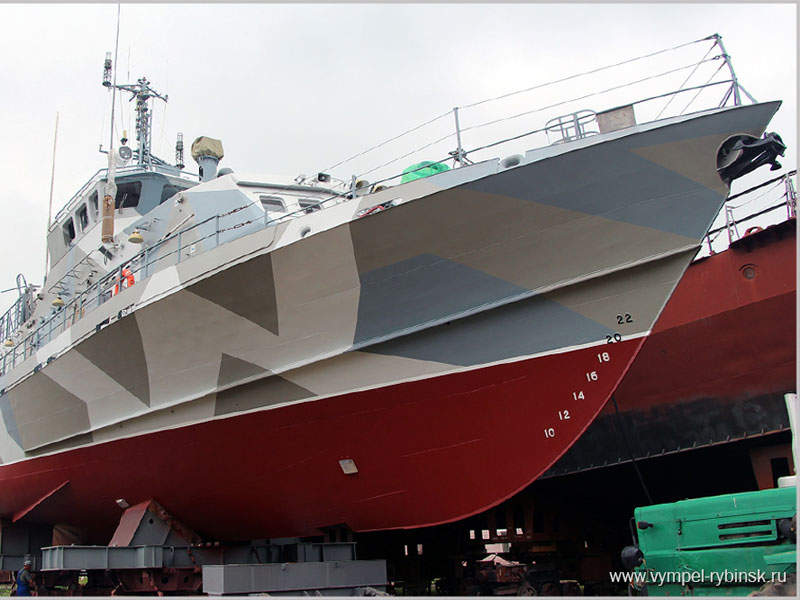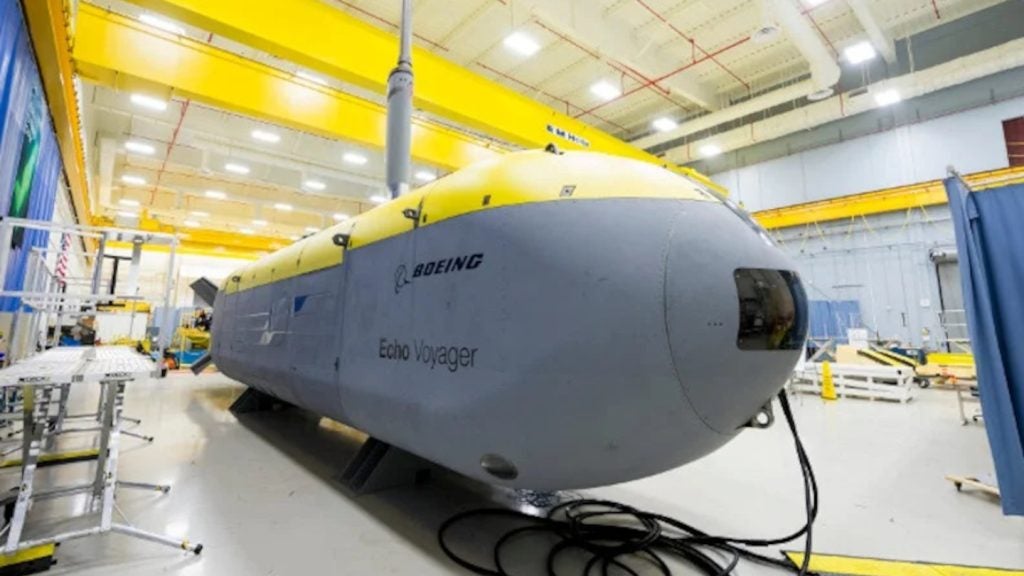Designed by JSC Vympel Design Bureau, the Project 21980 class counter-sabotage vessels are intended for the protection of naval bases, ports and aquatic areas of the Russian Federation.
The boats are also used to fight against sabotage and terrorist activities at sea, as well as render assistance to the Border Service of the Russian Federation in their efforts to safeguard the state borders.
The Russian Navy had commissioned a total of 12 Project 21980 class counter-sabotage vessels as of November 2016.
Project 21980 class orders and deliveries
Construction on the Project 21980 class counter-sabotage vessels began in 2008 and deliveries were commenced in 2009. The vessels are operational with the Russian Navy’s fleets, including the Baltic Fleet, Pacific Fleet, Black Sea Fleet and Caspian Flotilla.
The Ministry of Defence of the Russian Federation selected three Russian shipbuilding companies JSC Zelenodolsk plant, named after A M Gorky, Vostochnaya Verf Shipyard and JSC Vympel Shipyard to build the Project 21980 class vessels.
JSC Zelenodolsk plant was contracted to build up to nine boats and completed deliveries of the first seven by October 2014. Keels for the eighth and ninth vessels were laid in 2015.
Vostochnaya Verf Shipyard built and delivered three vessels, while Vympel Shipyard agreed to construct four Project 21980 vessels.
The Russian Navy’s Northern Fleet took delivery of the first two vessels from Vympel Shipyard in November 2016.
Design and features of the counter-sabotage vessels
The Project 21980 counter-sabotage vessel features a single hull made of steel and its deckhouse is built using aluminium and magnesium alloys.
The overall length and width of the boat are 31m and 7.4m, respectively and the draught is 1.85m. With a displacement of 138t, the vessel can carry up to eight crew members.
The boat carries a remotely operated underwater vehicle to conduct mine-clearing and inspection activities in deep waters. Diving systems are provided on board the vessel to support search and recovery as well as mine clearance operations.
Armament fitted to Project 21980 vessels
A 14.5mm marine pedestal heavy machine-gun mount fitted at the bow provides defence against lightly armoured surface, marine and air targets. With a rate of fire of 450 shots a minute, the machine gun can engage targets at distances of 2km.
The vessel is armed with an Igla man-portable air-defence system (MANPADS) at the stern to defend against enemy aircraft, helicopters and remotely operated vehicles.
The 55mm remote-controlled counter-sabotage grenade launchers, including ten-barrelled DP-65A and two-barrelled DP-64, are installed at the stern to protect the boat against enemy combat vessels. The DP-65A grenade launcher offers a maximum firing range of 500m, while the range of the DP-64 is 400m.
Navigation and communications equipment
Project 21980 class counter-sabotage vessels are provided with advanced navigation and communications equipment to perform efficient detection and tracking of underwater objects.
The systems include MR-231 Anapa navigation radar, MTC-201 M3 electro-optical observation system, underwater detecting objects, sonar, searchlight, hydroacoustic system, loudhailer, siren and search equipment.
Project 21980 propulsion and performance
Power for the Project 21980 class vessel comes from two diesel engines, two fixed-pitch propellers and two diesel generators.
The maximum speed of the boat is 23k and cruising range is 200 miles. It can also stay afloat for up to five days.

